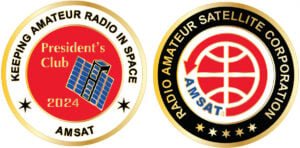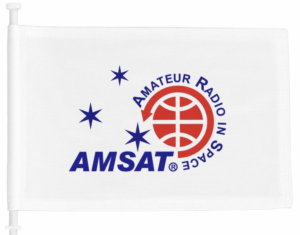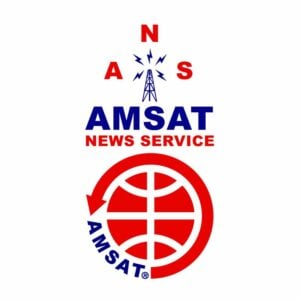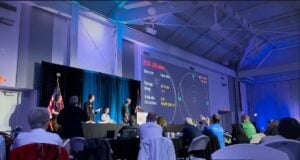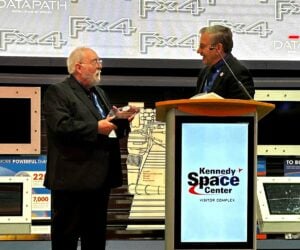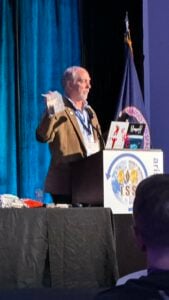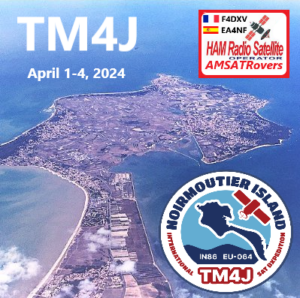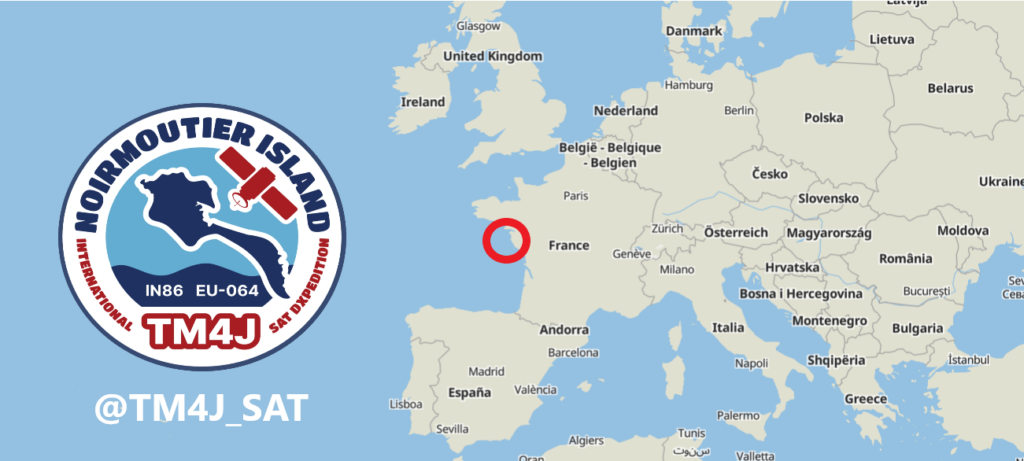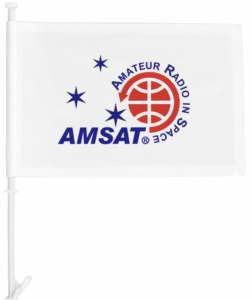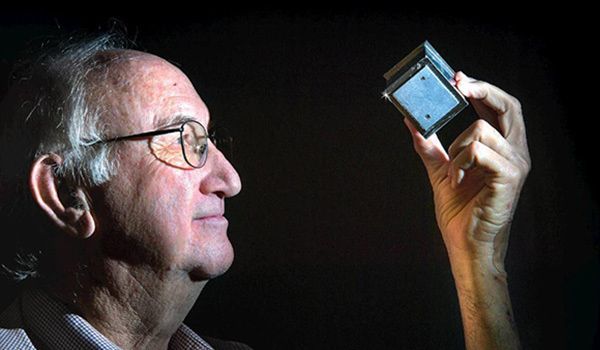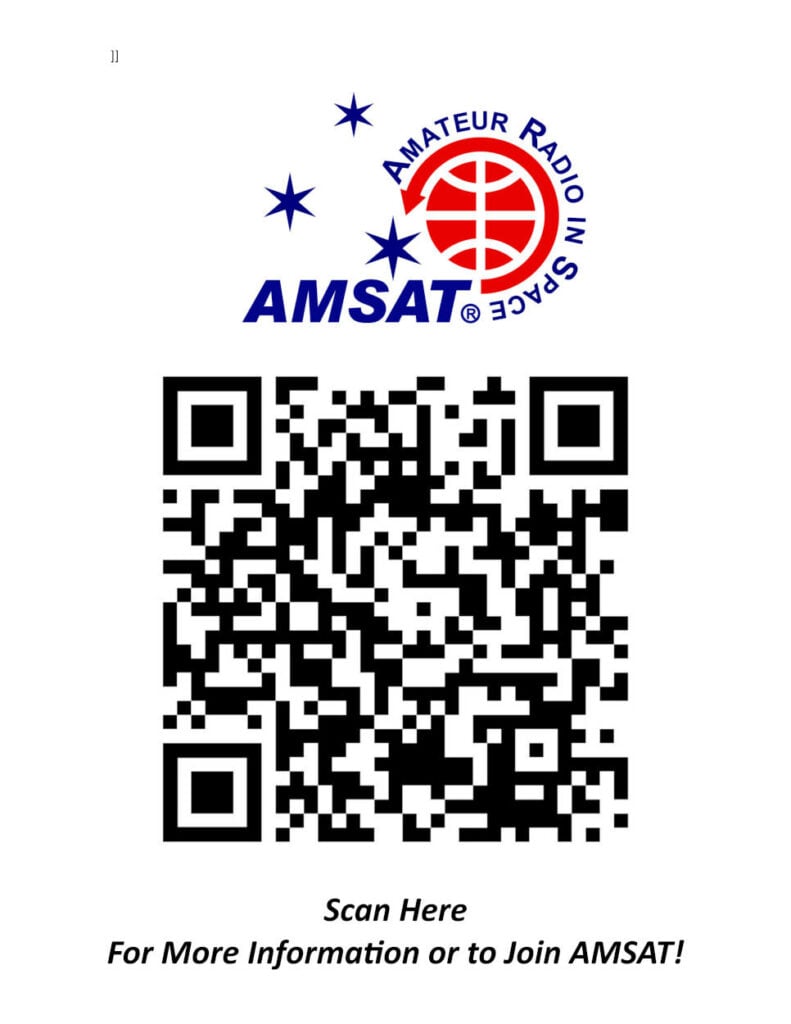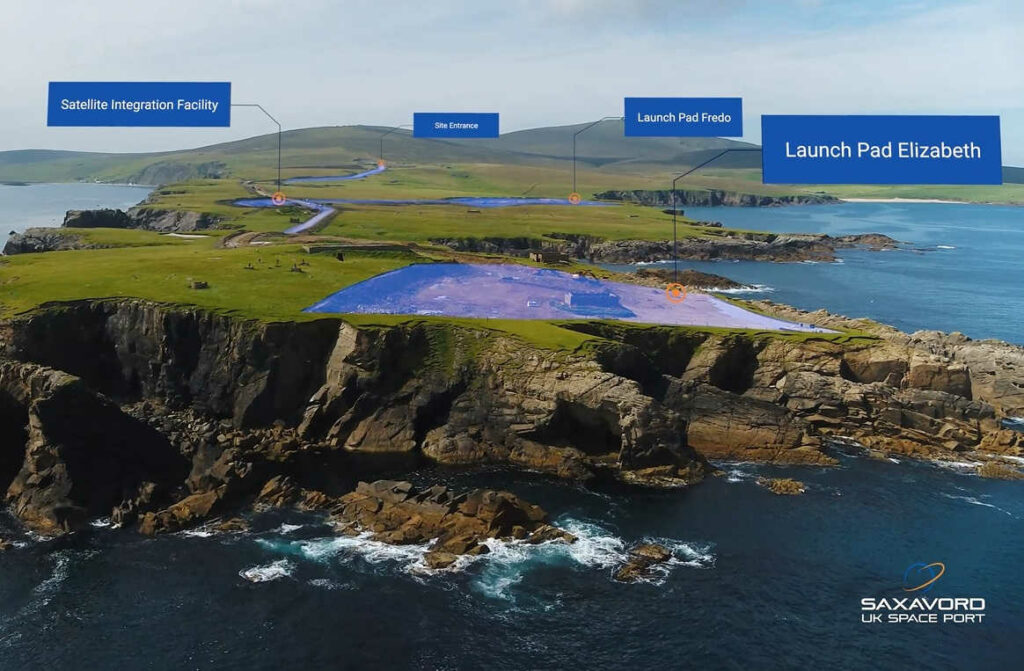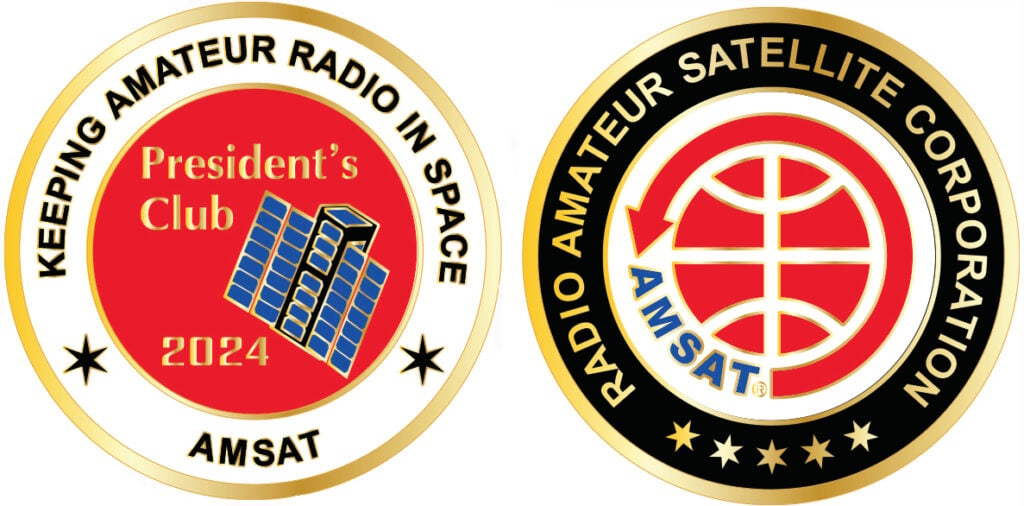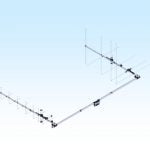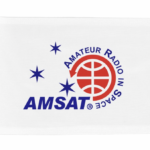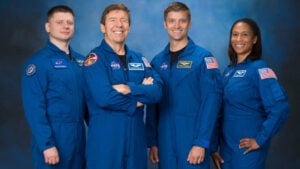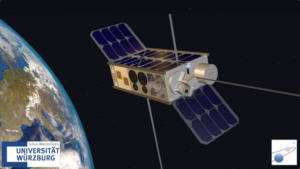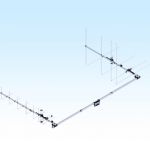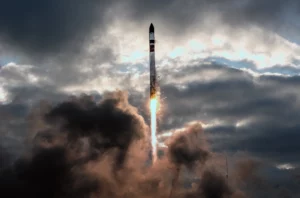In this edition:
* SpaceX’s Transporter-10 Successfully Launches Over Fifty Satellites
* Vostochny Spaceport Sends Meteor-M2-4 Weather Satellite Into Orbit
* NASA’s SpaceX Crew-8 Launches to International Space Station
* GridMasterMap Satellite Top 100 Rovers March 2024 Rankings
* Changes to AMSAT-NA TLE Distribution for March 8, 2024
* ARISS News
* Upcoming Satellite Operations
* Hamfests, Conventions, Maker Faires, and Other Events
* Satellite Shorts From All Over
The AMSAT News Service bulletins are a free, weekly news and information service of AMSAT, the Radio Amateur Satellite Corporation. ANS publishes news related to Amateur Radio in Space including reports on the activities of a worldwide group of Amateur Radio operators who share an active interest in designing, building, launching and communicating through analog and digital Amateur Radio satellites.
The news feed on https://www.amsat.org publishes news of Amateur Radio in Space as soon as our volunteers can post it.
Please send any amateur satellite news or reports to: ans-editor [at] amsat.org
You can sign up for free e-mail delivery of the AMSAT News Service Bulletins via the ANS List; to join this list see: https://mailman.amsat.org/postorius/lists/ans.amsat.org/
ANS-070 AMSAT News Service Weekly Bulletins
To: All RADIO AMATEURS
From: Radio Amateur Satellite Corporation
712 H Street NE, Suite 1653
Washington, DC 20002
DATE 2024 Mar 10
SpaceX’s Transporter-10 Successfully Launches Over Fifty Satellites
SpaceX successfully executed its tenth Transporter rideshare mission, showcasing the continued high demand for satellite deployment services. The flawless launch took place at Vandenberg Space Force Base, on March 4th at 5:05 p.m. EST, where a Falcon 9 rocket carried 53 small satellites into orbit. While this success underscores the persistent need for such services from satellite developers, it also brings attention to emerging challenges in maintaining space situational awareness.
Among the diverse payloads was SONATE-2, a 6U+ CubeSat developed by the University of Wuerzburg in Germany. This satellite serves as a technology demonstration for artificial intelligence hardware, software, and machine learning techniques, coupled with an educational component through the DLR School Lab. SONATE-2’s amateur payload includes a VHF transceiver and an AI payload with optical sensors, providing regular SSTV downlinks, an APRS digipeater, and CW beacon.
The mission aims to engage students in aerospace and computer science engineering programs, offering practical skills and participation in satellite operations. SONATE-2 reported successful operation, with over 1000 telemetry frames downloaded in the first day post-launch, indicating a safe and stable state of the satellite.
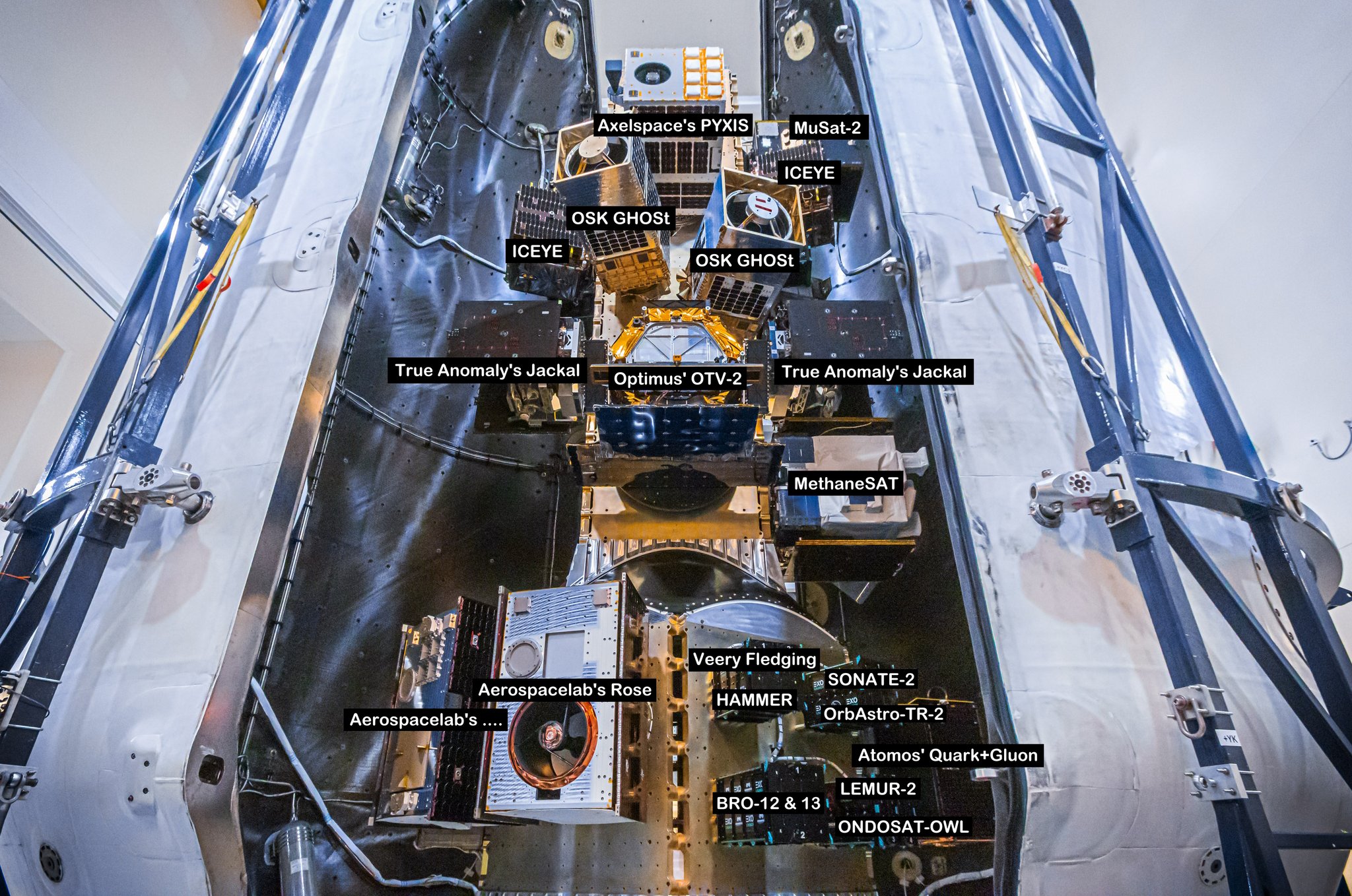
The Transporter-10 mission also witnessed the deployment of various payloads from different companies, showcasing innovation in satellite inspection, proximity operations, and technology testing. Notable deployments include Spire’s Lemur CubeSats, Iceye’s radar mapping satellites, and Satellogic’s imaging satellite. Lynk Global, in the process of going public, launched two satellites to fund its direct-to-device constellation development.
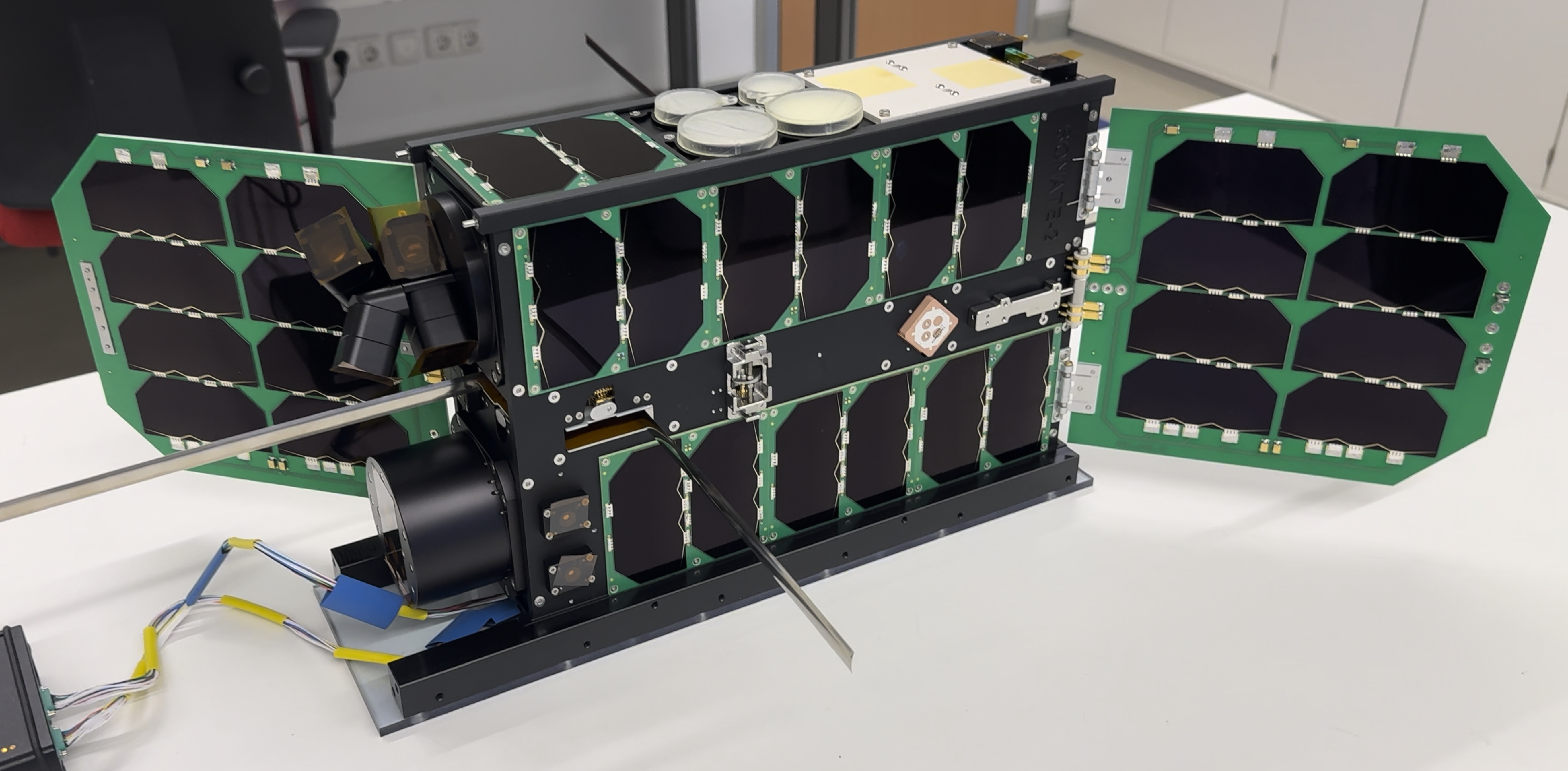
Despite the success of Transporter-10, challenges in space situational awareness have surfaced. Owen Marshall of LeoLabs highlighted a degradation in cataloging objects after launch, particularly in rideshare missions where the median catalog time can exceed two weeks. This delay poses risks to satellite operators’ communication capabilities, emphasizing the need for enhanced tracking capabilities in the era of growing satellite deployments.
As the space industry evolves, addressing these challenges becomes crucial to ensure the sustainability and safety of activities in Earth’s orbit. The success of SpaceX’s Transporter-10 mission underscores the industry’s vitality, but the spotlight on emerging challenges signals the need for continual innovation and collaboration to navigate the complexities of our expanding presence in space.
[ANS thanks Jeff Foust, SpaceNews, for the above information]
Vostochny Spaceport Sends Meteor-M2-4 Weather Satellite Into Orbit
On February 29, 2024, the Vostochny spaceport witnessed the successful launch of a Soyuz-2-1b rocket, inaugurating the first mission of the year from this spaceport. On board was the Meteor-M2-4 weather spacecraft, a notable addition to the Meteor-M series, alongside several secondary payloads, including an Iranian micro-satellite dedicated to Earth observation.
Developed by the Moscow-based VNIIEM Corporation, Meteor-M2-4, weighing nearly three tons, boasts advanced instruments designed for comprehensive monitoring of global weather patterns, the ozone layer, ocean surface temperature, and ice conditions. Recognized for its military applications by the Russian space agency, Roskosmos, this mission marked a significant stride in space exploration.
Meteor-M2-4 encountered delays in its journey, originally slated for a December 26, 2023 launch. However, due to multiple rescheduling, the liftoff finally took place on February 29, 2024. The spacecraft, delivered to the launch site on December 28, 2023, underwent meticulous preparations, including fueling and integration with the launch vehicle, ultimately culminating in a successful liftoff.
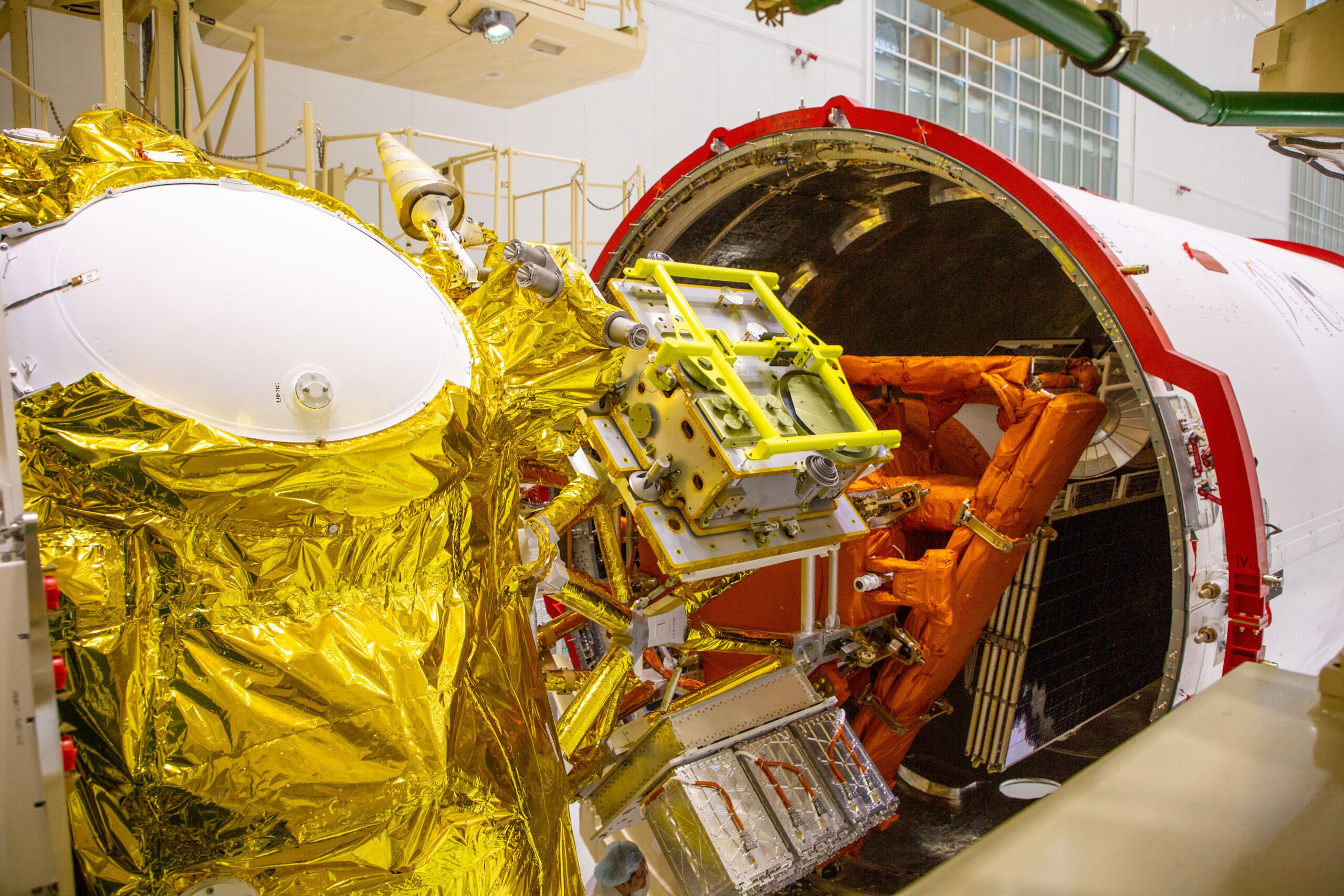
The Fregat upper stage took charge of the final payload deployment, executing precise maneuvers over the Arctic and Antarctica. Approximately 59 minutes and 46 seconds after liftoff, the Meteor-M2-4 satellite was successfully released, accomplishing its primary mission. The Fregat then proceeded to deploy the secondary payloads into their designated orbits.
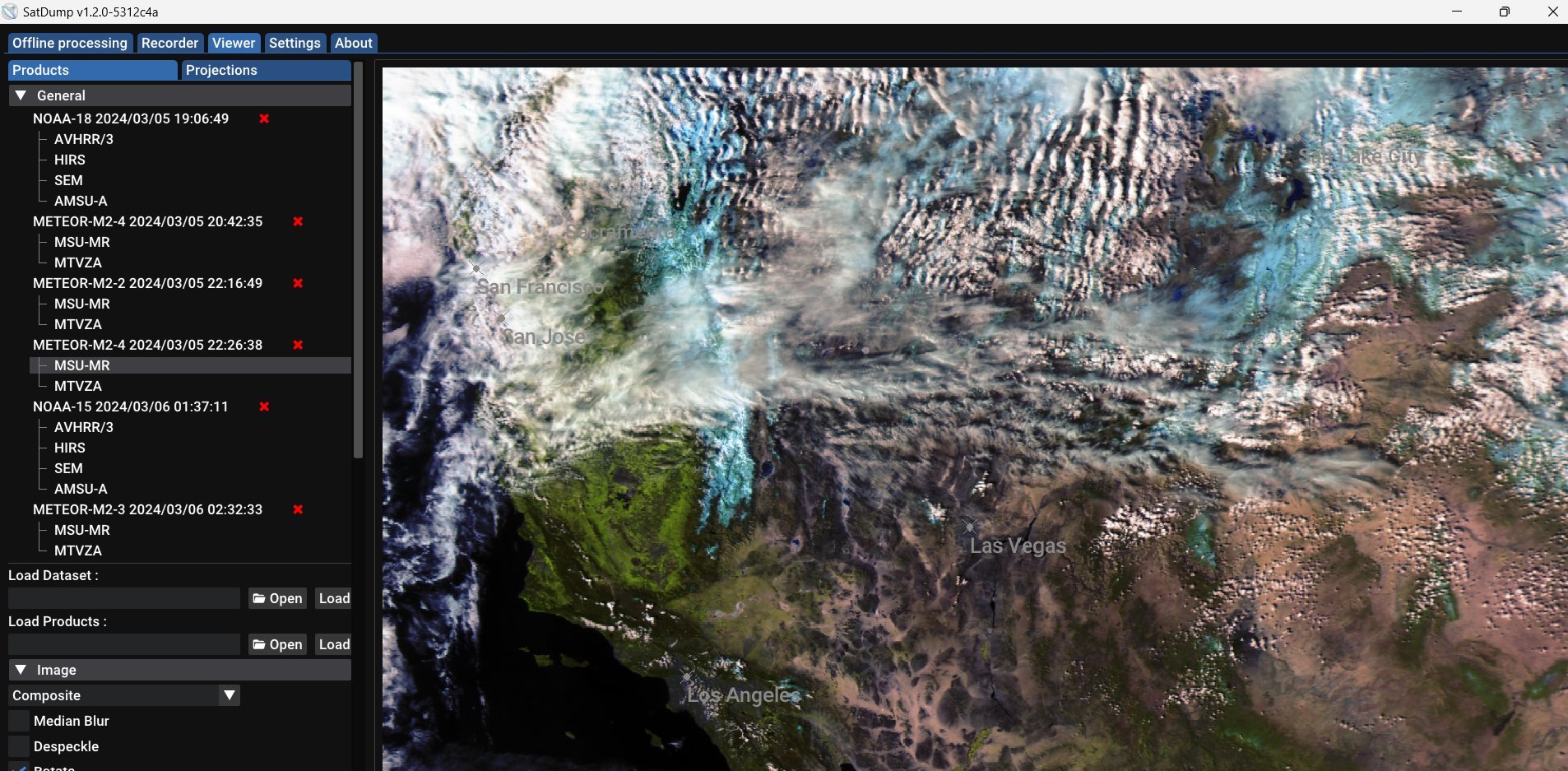
Space historian Jonathan McDowell shared valuable insights into the flight, detailing each Fregat maneuver and its impact on the satellite cluster. While the majority of the secondary payloads adhered to the expected orbits, anomalies in the deployment of some SITRO satellites prompted further investigation. The launch of Meteor-M2-4 and its accompanying payloads stands as a noteworthy accomplishment for Russia’s space program, contributing significantly to global endeavors in weather monitoring, Earth observation, and satellite technology development.
[ANS thanks Anatoly Zak, RussianSpaceWeb.com and RTL-SDR.com for the above information]
The 2024 Coins Are Here Now!
Help Support GOLF and Fox Plus.
Join the AMSAT President’s Club today!
NASA’s SpaceX Crew-8 Launches to International Space Station
After overcoming multiple delays in the past few weeks, a diverse team of astronauts lifted off into orbit late on a Sunday evening. NASA’s SpaceX Crew-8 mission achieved a flawless launch from Launch Complex 39A at NASA’s Kennedy Space Center in Florida at 10:53 p.m. EST on March 3rd, propelling four astronauts toward the International Space Station (ISS).
Marking the eighth collaboration between NASA and SpaceX for crew rotations, the Crew-8 mission embarked on a scientific journey to the ISS. The Crew-8 team is led by Commander Matthew Dominick, KCØTOR, Pilot Michael Barratt, KD5MIJ, Mission Specialist Jeanette Epps, KF5QNU, and Flight Engineer Alexander Grebenkin, RZ3DSE. Dominick, a first-time astronaut, will serve as a mission specialist during Expedition 70/71. Barratt, with two spaceflights under his belt, brings valuable experience to the mission. Epps, NASA’s first-time astronaut selected in 2009, plays a crucial role in monitoring the spacecraft during dynamic flight phases. Grebenkin, on his inaugural space mission, serves as a flight engineer during Expeditions 70/71.
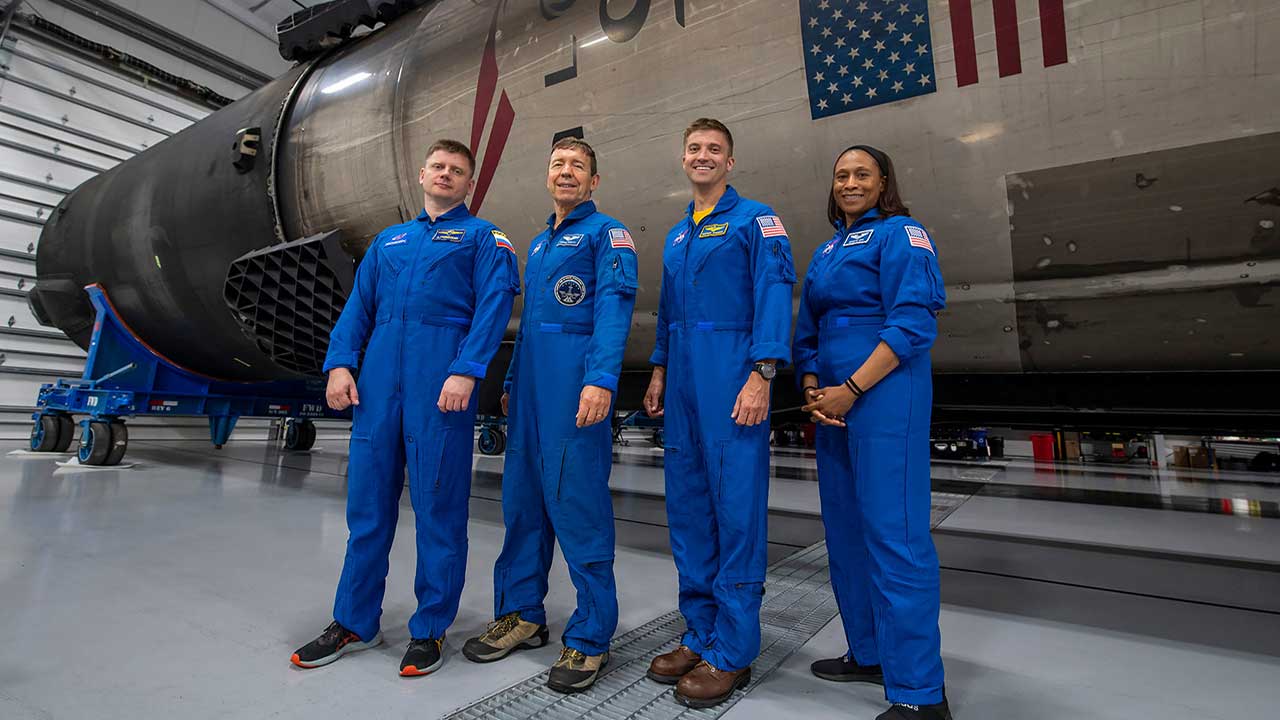
The Dragon spacecraft, named Endeavour, autonomously docked with the forward port of the station’s Harmony module under the vigilant watch of SpaceX and NASA mission control centers in Hawthorne, California, and Houston, Texas. The successful docking occurred on Tuesday, March 5th, at 2:28 a.m. EST over the central North Atlantic.
Crew-8’s arrival at the ISS expands the existing Expedition 70 crew, comprising astronauts from NASA, ESA, JAXA, and Roscosmos. With the temporary addition of Crew-8 members, the ISS will briefly host eleven individuals until the return of Crew-7 members a few days later.
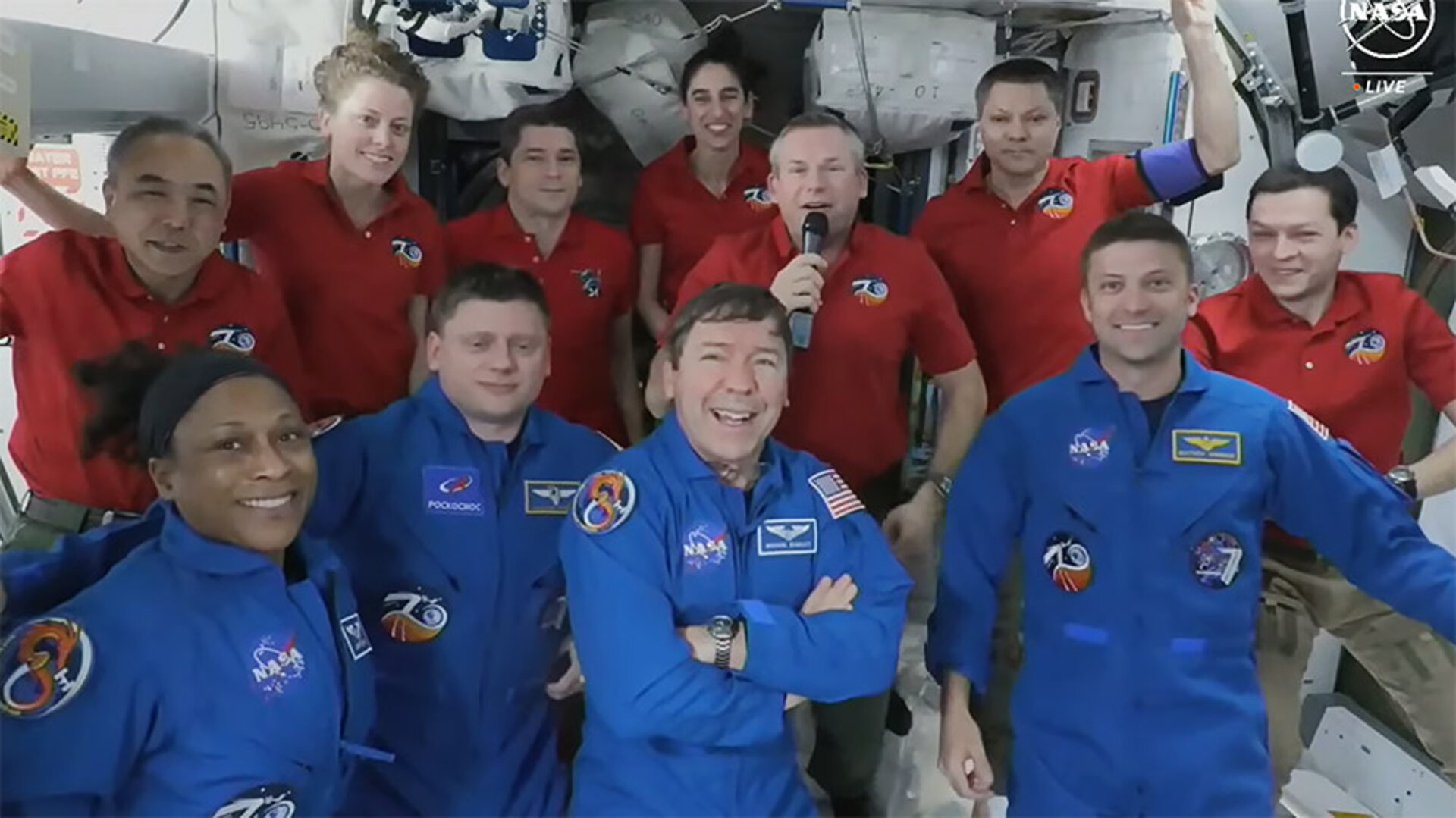
The ISS continues to serve as a crucial platform for research and development, with NASA’s commitment to maximizing its utility. Research conducted onboard not only benefits life on Earth but also lays the groundwork for future missions, such as NASA’s Artemis program, aimed at returning humans to the Moon and beyond.
[ANS thanks NASA for the above information]
GridMasterMap Satellite Top 100 Rovers March 2024 Rankings
The March 2024 rankings for the Top 100 Rovers (Mixed LEO/MEO/GEO) in satellite operations, as determined by @GridMasterMap on Twitter, has been released. The ranking is determined by the number of grids and DXCC entities activated, taking into account only those grids where a minimum number of QSOs logged on the gridmaster.fr website have been validated by a third party. Grid numbers do not directly reflect the exact number of activations. Satellite operators are encouraged to upload their LoTW satellite contacts to https://gridmaster.fr in order to provide more accurate data.
Updated: 2024-03-06
| 1 | ND9M | 26 | N5BO | 51 | SP5XSD | 76 | N4AKV |
| 2 | NJ7H | 27 | K8BL | 52 | AD7DB | 77 | DF2ET |
| 3 | JA9KRO | 28 | LU5ILA | 53 | F4DXV | 78 | YU0W |
| 4 | N5UC | 29 | KE4AL | 54 | JL3RNZ | 79 | DL4EA |
| 5 | UT1FG | 30 | DL2GRC | 55 | KE9AJ | 80 | KJ7NDY |
| 6 | OE3SEU | 31 | VE3HLS | 56 | KI7QEK | 81 | N4DCW |
| 7 | WI7P | 32 | KB5FHK | 57 | N8RO | 82 | WA9JBQ |
| 8 | DL6AP | 33 | KI7UNJ | 58 | XE1ET | 83 | N0TEL |
| 9 | HA3FOK | 34 | LA9XGA | 59 | VE1CWJ | 84 | VE3GOP |
| 10 | N6UA | 35 | F4BKV | 60 | KM4LAO | 85 | KI0KB |
| 11 | K5ZM | 36 | N7AGF | 61 | PA3GAN | 86 | KB2YSI |
| 12 | N9IP | 37 | JO2ASQ | 62 | N4UFO | 87 | JM1CAX |
| 13 | WY7AA | 38 | XE3DX | 63 | SM3NRY | 88 | CU2ZG |
| 14 | W5PFG | 39 | K7TAB | 64 | W1AW | 89 | K0FFY |
| 15 | AD0DX | 40 | KE0PBR | 65 | VA7LM | 90 | KG4AKV |
| 16 | AK8CW | 41 | KE0WPA | 66 | VA3VGR | 91 | HB9GWJ |
| 17 | DP0POL | 42 | PR8KW | 67 | PT2AP | 92 | W8MTB |
| 18 | WD9EWK | 43 | AC0RA | 68 | M1DDD | 93 | VE7PTN |
| 19 | AD0HJ | 44 | N6DNM | 69 | AA8CH | 94 | DK9JC |
| 20 | ON4AUC | 45 | EB1AO | 70 | LU4JVE | 95 | AF5CC |
| 21 | KG5CCI | 46 | JK2XXK | 71 | VE1VOX | 96 | K6VHF |
| 22 | KX9X | 47 | W7WGC | 72 | FG8OJ | 97 | VE6WK |
| 23 | ND0C | 48 | EA4NF | 73 | PT9BM | 98 | N6UTC |
| 24 | F5VMJ | 49 | VK5DG | 74 | KI7UXT | 99 | PT9ST |
| 25 | DJ8MS | 50 | AA5PK | 75 | W8LR | 100 | VO2AC |
[ANS thanks @GridMasterMap for the above information]
Need new satellite antennas?
Purchase an M2 LEO-Pack from the AMSAT Store!
When you purchase through AMSAT, a portion of the proceeds goes towards Keeping Amateur Radio in Space.
Changes to AMSAT-NA TLE Distribution for March 8, 2024
Two Line Elements or TLEs, often referred to as Keplerian elements or keps in the amateur community, are the inputs to the SGP4 standard mathematical model of spacecraft orbits used by most amateur tracking programs. Weekly updates are completely adequate for most amateur satellites. Elements in the TLE bulletin files are updated daily. TLE bulletin files are updated to add or remove satellites as necessary Thursday evenings around 2300 UTC, or more frequently if new high interest satellites are launched. More information may be found at https://www.amsat.org/keplerian-elements-resources.
CUBEL-1 NORAD Cat ID 49017 Decayed from orbit on or about 06 February 2024
[ANS thanks AMSAT Orbital Elements page for the above information]
ARISS NEWS
Amateurs and others around the world may listen in on contacts between amateurs operating in schools and allowing students to interact with astronauts and cosmonauts aboard the International Space Station. The downlink frequency on which to listen is 145.800 MHz worldwide.
ARISS-USA Director of Engineering, Randy Berger, WAØD, recently spoke to ARISS fan Michael Randazzo, KO4PDI. They covered Ham Radio gear on the ISS and more. See the interview at Michael’s YouTube channel: https://www.youtube.com/watch?v=_sdW_mhbUew
+ Recently Completed Contacts
“IES Pedro Simón” Abril High School, Alcaraz, Spain, telebridge via K6DUE
The ISS callsign was NA1SS
The scheduled crewmember was Loral O’Hara KI5TOM
The ARISS mentor was IKØUSO
Contact successful: Mon 2024-03-04 11:21:02 UTC
Watch for Livestream at https://www.youtube.com/watch?v=9Xgk4YZT5w4
+ Upcoming Contacts
No upcoming contacts scheduled
As always, if there is an EVA, a docking, or an undocking; the ARISS radios are turned off as part of the safety protocol.
The crossband repeater continues to be active (145.990 MHz up {PL 67} & 437.800 MHz down). If any crewmember is so inclined, all they have to do is pick up the microphone, raise the volume up, and talk on the crossband repeater. So give a listen, you just never know.
The Service Module radio is currently misconfigured. SSTV radio is currently stowed.
Note, all times are approximate. It is recommended that you do your own orbital prediction or start listening about 10 minutes before the listed time.
The latest information on the operation mode can be found at https://www.ariss.org/current-status-of-iss-stations.html
The latest list of frequencies in use can be found at https://www.ariss.org/contact-the-iss.html
[ANS thanks Charlie Sufana, AJ9N, one of the ARISS operation team mentors for the above information]
Upcoming Satellite Operations
PJ2, CURACAO: Andreas, DK5ON, is going to pay a visit to Curacao from March 11 to 27. QRV as PJ2/DK5ON on 80-6m, maybe also on 160m and via satellites, on CW, SSB, FT4/8. QSL via DK5ON (d/B), ClubLog OQRS, LoTW. Thanks to DXNL DARC DX Newsletter March 6, 2024 (http://www.darcdxhf.de).
NOIRMOUTIER ISLAND SAT DXPEDITION 2024
F4DXV Jérôme (@F4DXV) and EA4NF Philippe (@EA4NF_SAT) announced that they will be activating Noirmoutier Island EU-064 IN86 from April 1 to 4, 2024 with the special callsign TM4J
This International DXpedition is the 1st 100% SAT from this French island: GEO (QO-100) MEO (GREENCUBE IO-117) LEO (FM+SSB)
Updates available on @TM4J_SAT
A growing number of satellite rovers are currently engaged in sharing their grid square activations on https://hams.at. By visiting the website, you gain easy access to comprehensive information about the operators responsible for activating specific grid squares. Additionally, you have the ability to assess the match score between yourself and a particular rover for a given pass, while also being able to identify the upcoming satellite passes that are accessible from your location.
[ANS thanks Ian Parsons, K5ZM, AMSAT Rover Page Manager, for the above information]
Hamfests, Conventions, Maker Faires, and Other Events
AMSAT Ambassadors provide presentations, demonstrate communicating through amateur satellites, and host information tables at club meetings, hamfests, conventions, maker faires, and other events.
AMSAT-Francophone Seventh Amateur Radio Space Meeting
Saturday March 16th – Sunday March 17th
Electrolab Hackerspace à Nanterre
52 Rue Paul Lescop
92000 Nanterre, France
https://site.amsat-f.org/
JAMSAT Symposium 2024
Saturday March 23rd – Sunday March 24th
Hotel Binario Saga Arashiyama
3-4 Hiromichicho, Saga Tenryuji, Ukyo Ward
Sagano, Kyoto, Japan
https://www.jamsat.or.jp/?p=2446
2024 CubeSat Developer’s Workshop
Tuesday April 23rd – Thursday April 25th
Cal Poly, San Luis Obispo, CA
https://www.cubesatdw.org/
Dayton Hamvention 2024
Friday May 17th – Sunday May 19th
Greene County Fairgrounds and Expo Center
120 Fairground Road
Xenia, OH 45385
https://hamvention.org
Want to fly the colors on your own grid expedition?
Get an AMSAT car flag and other neat stuff from our Zazzle store!
25% of the purchase price of each product goes towards Keeping Amateur Radio in Space
Satellite Shorts From All Over
+ Congratulations to both Eddy Schebesta, OE3SEU, and Paulo Bauer Jorge, F5VMJ, for their outstanding achievements in providing satellite contacts! Eddy has achieved an impressive 132 grid squares, earning him the AMSAT VUCC/r Award #13, while Paulo has excelled with contacts from 102 grid squares, earning him AMSAT VUCC/r Award #14. The Reverse VUCC or VUCC/r Award, originally introduced by the Central States VHF Society and now carried on by AMSAT, recognizes the dedication of satellite rovers like Eddy and Paulo. For more information about this prestigious award, you can visit the AMSAT website at https://www.amsat.org/reverse-vucc-or-vucc-r-award. Keep on roving, Eddy and Paulo, and continue to inspire others in the AMSAT community with your remarkable achievements! (ANS thanks Bruce Paige, KK5DO, AMSAT Director of Contests and Awards for the above information)
+ NASA will broadcast live coverage of SpaceX Crew-7’s return to Earth from the International Space Station on March 10. The coverage will commence with a change-of-command ceremony at 11:55 a.m. EDT. Astronauts Jasmin Moghbeli, Andreas Mogensen, Satoshi Furukawa, and Konstantin Borisov will conclude their nearly six-month science mission. Weather permitting, the SpaceX Dragon spacecraft is set to undock on March 11 at 11:05 a.m., with splashdown targeted for as early as 5:35 a.m. on March 12 off the Florida coast. The live coverage will be available on NASA+, NASA Television, the NASA app, and the agency’s website, featuring farewell remarks, hatch closure, undocking, and splashdown events, as well as a media teleconference on March 12 with key participants. (ANS thanks NASA for the above information)
+ SpaceX is aiming for the third test flight of its Starship rocket on March 14, as announced through a post on the X platform. The Starship vehicle comprises a stainless-steel reusable upper stage, also known as Starship, and a Super Heavy first-stage booster, standing over 400 feet tall together. A recent critical fueling test at the Starbase facility in Texas involved pumping over 10 million pounds of liquid methane and liquid oxygen into the rocket. The upcoming launch follows two previous test flights in April 2023 and November 2023, where Starship faced issues like failure to separate from the first-stage booster and a subsequent explosion of the Super Heavy. After the second test, the FAA identified seventeen corrective actions, all of which SpaceX claims to have completed, addressing issues related to leak reduction, fire protection, and propellant vent operations. The Starship and Super Heavy, designed for full reusability, are pivotal for NASA’s Artemis 3 mission to land astronauts on the moon by 2026. (ANS thanks Brett Tingley, Space.com, for the above information)
+ NASA has identified a growing air leak on the International Space Station (ISS) located at the end of the Russian service module. The leak, situated in Russia’s Zvezda service module, initially released one pound of air per day but accelerated to over two pounds daily in early February. Despite the increased rate, NASA assures that it does not currently jeopardize the safety of the ISS crew or impact the station’s operations. Collaboration between the United States, Russia, Europe, Japan, and Canada is underway to address the situation. Roscosmos, the Russian space agency, confirms ongoing monitoring and asserts that there is no immediate threat to the crew or the station itself. The leak is in a three-foot-long area and has prompted precautionary measures, including sealing off the affected vestibule to mitigate further air loss from the rest of the space station. (ANS thanks Will Sullivan, Smithsonian Magazine, for the above information)
+ The inaugural components for Europe’s new Ariane 6 rocket have reached the port of Pariacabo in Kourou, French Guiana, transported by the container ship, Canopée. Manufactured across Europe, the central core arrived on Canopée, which uses sails to reduce emissions and save up to 30% on fuel during its 10-day, 7,000 km journey. The rocket’s stages were produced in various European locations, with the main engine and stage integrated in Les Mureaux, France, and the upper stage and insulation in Bremen, Germany. Following transport, the components were offloaded and taken to the Ariane 6 assembly building, a few kilometers away, where they will undergo integration before liftoff. The boosters, already at Europe’s Spaceport, are P120C solid propulsion boosters similar to those used for the Vega-C rocket. The central core will be assembled horizontally and then transported to the launchpad, where it will be erected, followed by the addition of boosters and the upper stage, with the goal of a summer launch for Flight Model-1. (ANS thanks the European Space Agency for the above information)
Join AMSAT today at https://launch.amsat.org/
In addition to regular membership, AMSAT offers membership to:
* Societies (a recognized group, clubs or organization).
* Primary and secondary school students are eligible for membership at one-half the standard yearly rate.
* Post-secondary school students enrolled in at least half time status shall be eligible for the student rate for a maximum of 6 post-secondary years in this status.
* Memberships are available for annual and lifetime terms.
Contact info [at] amsat.org for additional membership information.
73 and remember to help Keep Amateur Radio in Space!
This week’s ANS Editor, Mitch Ahrenstorff, ADØHJ
ad0hj [at] amsat.org

